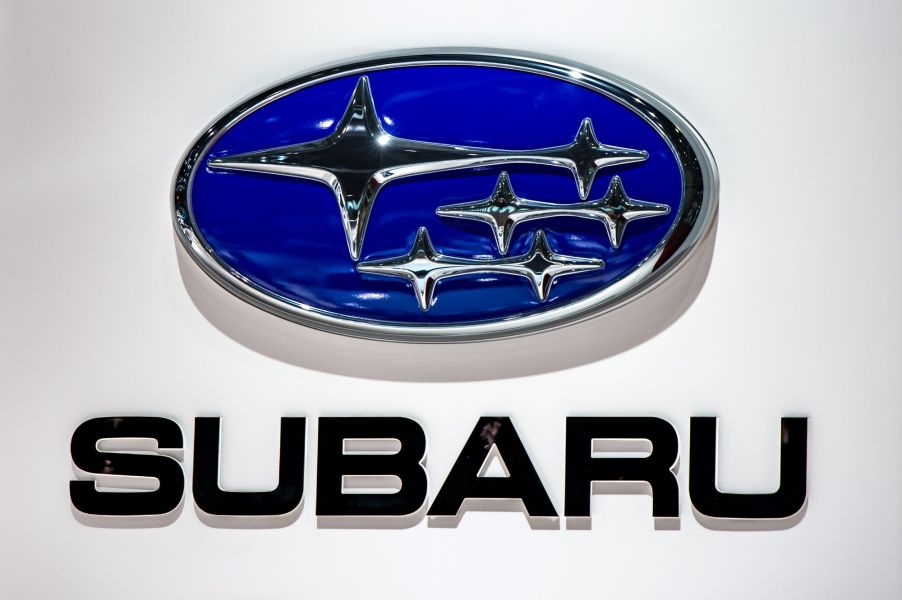
What Is Considered High Mileage for a Subaru?
Drivers recognize that regardless of the badge you’re loyal to, Subaru is up there with the cars that can drive the longest. Some of the highest vehicle miles ever recorded belong to Subaru models. The brand itself has long been known for producing practical, capable, long-lasting rides.
So what would be considered high mileage for a vehicle like Subaru, with a reputation for exceeding well over the 100,000-mile mark and so many older models still on the road setting mileage records? Will the newest versions prove to drive even further?
Subaru vehicles can reach high mileage with ease

Most people don’t question the reputable nature of the Subaru brand. With countless high-mileage Subaru clubs, including some that benchmark 300,000 miles, it’s easy to see the proof in the pudding. Hitting well over 200,000 miles is a snap for these hearty rides. Subaru cites that 96% of its total vehicles sold over the last 10 years are still driving. And it likely means today’s models won’t disappoint either.
Conventional wisdom typically says that a car is considered ‘high-mileage’ after 100,000 miles. However, given Subaru’s reputation, bumping that marker up to 150,000 or even 200,000 miles seems fair.
Typical mileage markers for problems and repairs
George Lawson Gallery shares some of its data regarding Subaru models and more prominent problems. While these vehicles tend to rack up the miles with ease, there are a few common hiccups you might expect.
For example, Subaru cars struggle with high oil consumption and persistent head gasket issues. Steering pumps tend to fail around the 100,000-mile mark, even if the car still intends to live another 100,000 miles.
The only real problematic engine configuration is the 2.5-liter turbocharged version. Most suggest avoiding this engine altogether. Other engines can be expected to last through 200,000 miles before needing more significant maintenance or repairs.
A few models experience more breakdowns than others, like 1999 through 2010 model Subaru Forester or the Baja from 2003 through 2005. Gasket problems and engine repairs sometimes happen, including with the Outback from 2000 to 2011 and the Legacy between 2000 and 2009.
How Subaru vehicles compare to others in repair costs
Most Subaru models can be trusted to run, without major issue, for about 150,000 to 200,000 miles. That’s as long as owners perform routine maintenance and care of those vehicles. On average, those mileage benchmarks far exceed the likes of other older models that usually begin experiencing costly repairs closer to 100,000 miles.
Data from the Bureau of Transportation and AutoTrader suggests that today’s new cars are built to last closer to the 200,000-mile mark. And being able to drive a car for 10 years can save the average consumer about $30,000. However, Subaru has been hitting those numbers for years now.
Aside from crazy mechanical anomalies, repairing and maintaining a Subaru is relatively inexpensive. This creates more value since other brands that tend to reach high miles require more expensive parts and labor. In the end, it still only boils down to specific driving habits, routine oil changes, and basic vehicle care efforts.
Treating your Subaru well means you’ll likely see it drive beyond the 200,000-mile mark. And today’s newer models might prove to even sail beyond those already impressive digits. There’s a reason Subaru continues to be one of the most trusted brands on the market.


